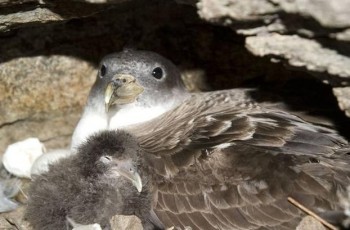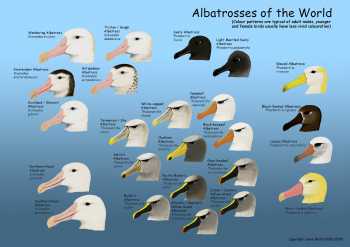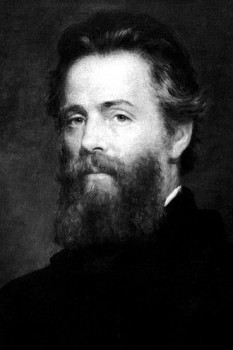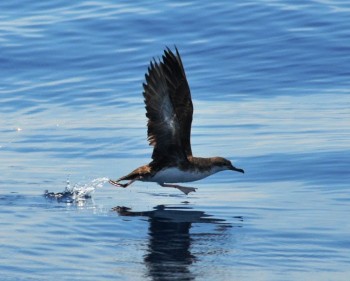Raül Ramos (Department of Animal Biology, University of Barcelona, Spain) and colleagues have published this month in the journal The American Naturalist on the transference of antibodies from vaccinated female Cory's Shearwaters Calonectris borealis to their chicks via their egg yolks.
The paper’s abstract follows:
“Although little studied in natural populations, the persistence of immunoglobulins may dramatically affect the dynamics of immunity and the ecology and evolution of host-pathogen interactions involving vertebrate hosts. By means of a multiple-year vaccination design against Newcastle disease virus, we experimentally addressed whether levels of specific antibodies can persist over several years in females of a long-lived procellariiform seabird—Cory’s shearwater—and whether maternal antibodies against that antigen could persist over a long period in offspring several years after the mother was exposed. We found that a single vaccination led to high levels of antibodies for several years and that the females transmitted antibodies to their offspring that persisted for several weeks after hatching even 5 years after a single vaccination. The temporal persistence of maternally transferred antibodies in nestlings was highly dependent on the level at hatching. A second vaccination boosted efficiently the level of antibodies in females and thus their transfer to offspring. Overall, these results stress the need to consider the temporal dynamics of immune responses if we are to understand the evolutionary ecology of host-parasite interactions and trade-offs between immunity and other life-history characteristics, in particular in long-lived species. They also have strong implications for conservation when vaccination may be used in natural populations facing disease threats.”

Cory’s Shearwater and chick, photograph by Raül Ramos
Click here for a news article on the publication.
Reference:
Ramos, R., Garnier, R., González-Solís, J. & Boulinier, T. 2014. Long antibody persistence and transgenerational transfer of immunity in a long-lived vertebrate. The American Naturalist 184: 764-776.
John Cooper, ACAP Information Officer, 11 December 2014

 English
English  Français
Français  Español
Español 


